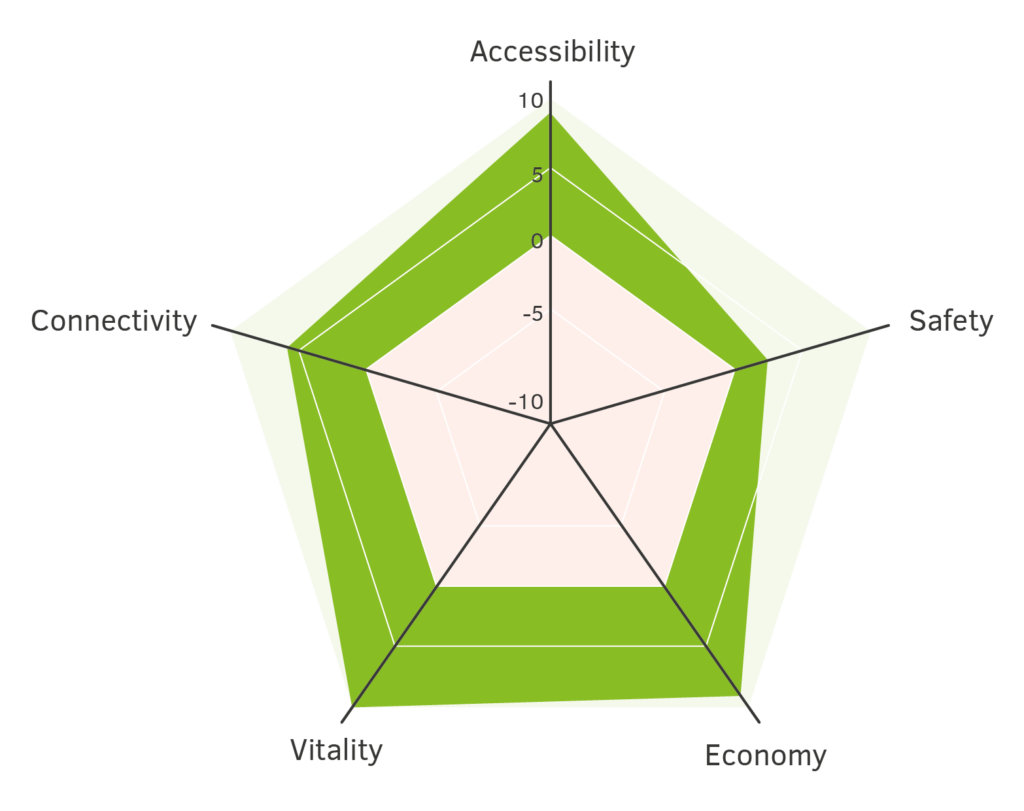Ringland
Type of solution: Spatial planning
Node example: Antwerp
A practice in which different scale and governance levels come together is ‘Ringland’ Antwerp. The city of Antwerp (522,000 inhabitants) is also an urban node at the TEN-T network and is confronted with important and increasing road transport, linked to this function. In order to deal with this increase, the initial idea was to complete the ring with new and classical road infrastructure. Even though all environmental impact assessments procedures were followed, the projects became legally and politically blocked due to important and well organized citizens’ protest. A solution was found through the appointment of an independent expert (the ‘intendant’) who managed to bring parties together and devise solutions. The new projects link the infrastructure needs with spatial planning opportunities with important gains for the quality of life of the inhabitants. Major parts of the ring road will be covered, hereby overcoming the barrier effect of the highway, linking neighborhoods, green areas and creating opportunities for last mile delivery hubs. Important investments in multimodality and separating long and short distance traffic will reduce the overall traffic intensity. Through research by design, exploring land value capturing and multi-level governance the new approach is found to have benefits for the city, the region and its residents.
Impact Overview
